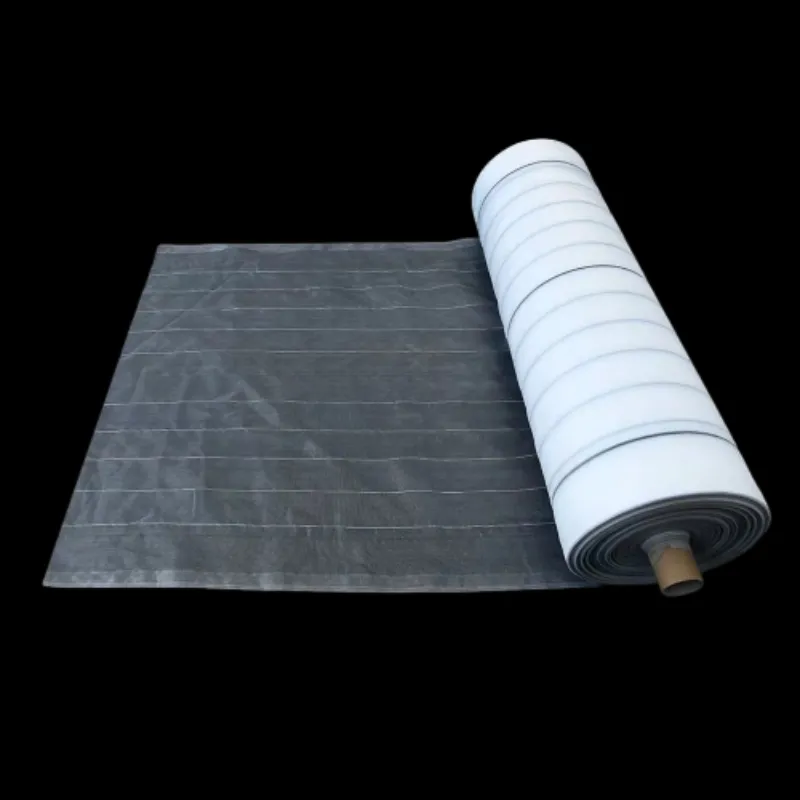construction steel mesh
The Importance of Construction Steel Mesh in Modern Building Practices
In the world of construction, steel mesh has become an integral material, bridging the gap between durability and flexibility in various structural applications. It is particularly revered for its strength and resilience, making it a staple in reinforcing concrete structures. This article explores the essential role of construction steel mesh, its types, and its advantages, ensuring that modern architects and builders understand its importance.
Construction steel mesh, often referred to as welded wire mesh, consists of a grid of steel wires that are welded at their intersections. This grid structure provides exceptional tensile strength, which is vital for supporting substantial loads in concrete applications. The primary function of steel mesh is to reinforce concrete slabs, walls, and foundations, thereby improving their ability to withstand various stresses, including tension and compression. As buildings become taller and more complex, the reinforcement provided by steel mesh is crucial for maintaining structural integrity.
There are several types of steel mesh available, each designed for specific applications. The most common types include plain steel mesh, which is used for standard reinforcement, and ribbed steel mesh, which offers improved bonding with concrete due to its textured surface. Additionally, composite steel mesh combines steel and other materials like fiberglass, enhancing corrosion resistance and overall performance. Choosing the right type of steel mesh is essential for achieving optimal results in construction projects.
construction steel mesh

One of the significant advantages of using steel mesh is its cost-effectiveness. While the initial investment may seem substantial, the long-term benefits far outweigh the costs. Steel mesh helps in reducing the likelihood of cracks, therefore minimizing repairs and maintenance expenses over time. Furthermore, its lightweight nature simplifies transportation and installation, ultimately speeding up the construction process.
Another noteworthy benefit of steel mesh in construction is its environmental impact. With the world increasingly focused on sustainable practices, steel mesh can be recycled, thereby reducing waste. The durability of steel mesh also means that structures can have longer lifespans, contributing to sustainability efforts in building practices.
In conclusion, construction steel mesh plays a critical role in contemporary construction. Its ability to provide strength, flexibility, and sustainability makes it an indispensable material in reinforcing structures. As construction techniques continue to evolve, embracing advancements in materials like steel mesh is essential for creating resilient and efficient buildings. Understanding the various types and benefits of construction steel mesh not only facilitates better design decisions but also ensures that the future of construction is secure, sustainable, and robust. As we move forward, the reliance on high-quality materials like steel mesh will undoubtedly remain a cornerstone of effective building practices.
-
The Versatility of Stainless Steel Wire MeshNewsNov.01,2024
-
The Role and Types of Sun Shade SolutionsNewsNov.01,2024
-
Safeguard Your Space with Effective Bird Protection SolutionsNewsNov.01,2024
-
Protect Your Garden with Innovative Insect-Proof SolutionsNewsNov.01,2024
-
Innovative Solutions for Construction NeedsNewsNov.01,2024
-
Effective Bird Control Solutions for Every NeedNewsNov.01,2024












